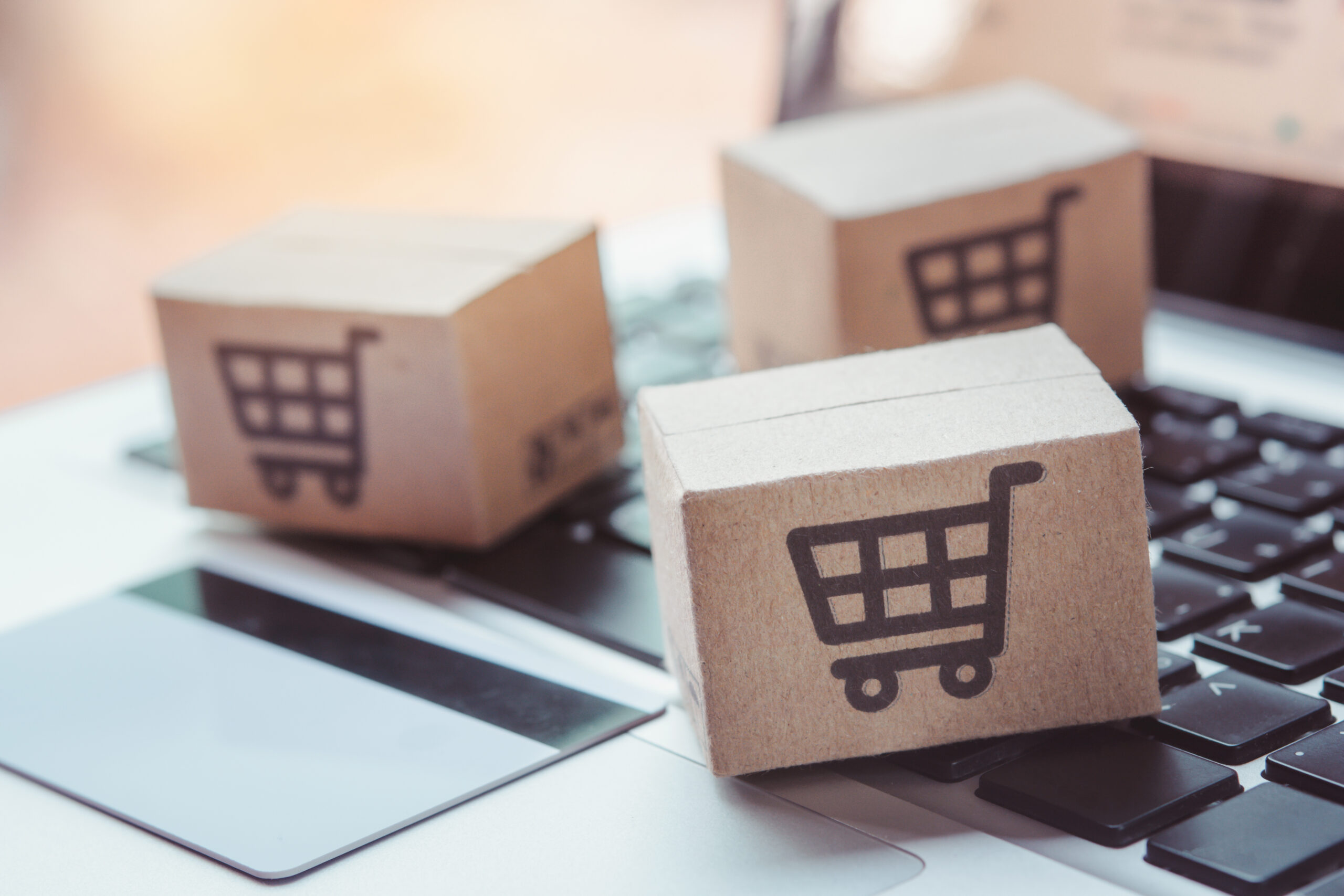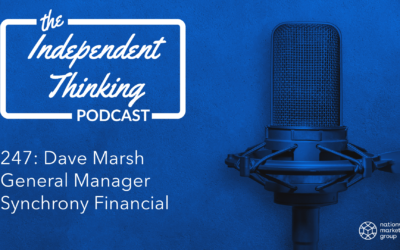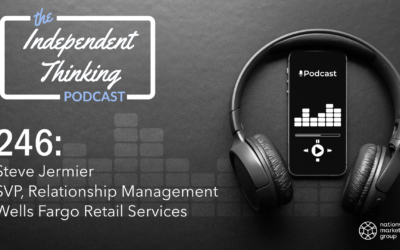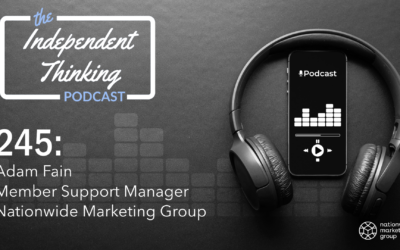Twenty-five years ago, we collectively marked ourselves safe from Y2K — four years before Facebook was even a blip on the radar.
A lot has changed in the world of retail since that fateful new year’s morning when computers didn’t crash, business operations resumed as usual and digital technology didn’t wreak havoc on our lives. Instead, digital led the charge to spur unprecedented retail growth in ways we could not fully see coming a quarter of a century ago.
Here’s a lookback on three major ways digital forever changed the landscape of retail — with specific application for the Independent channel.
Explosive Growth of E-commerce
Whether you have a love or love-to-hate relationship with Amazon, the global tech giant was one of the first companies to build an e-commerce website. This was back in 1995, when Amazon launched as an online bookstore.
Pioneers like Amazon helped to grow e-commerce opportunities in the late 90s, yet at the time, many businesses did not view the World Wide Web as a channel for growth.
In 2000, the North American Retail Dealers Association (NARDA) and National Association of Service Dealers (NASD) put out a report based on responses from dealers selling appliances, electronics, furniture and some combination of the three.
According to NARDA and NASD, “Typical respondents said mass merchants, Internet sales and finding qualified salespeople ‘were the biggest threats to the industry. Most respondents also felt that buying groups, home theater and new technology were the most positive industry trends.’”
While we are grateful that Independent dealers embraced buying groups so warmly all those years ago, it is unfortunate — in hindsight, of course — that so many viewed e-commerce as a hindrance instead of a help.
Today, chain store competitors and hiring remain a challenge, yet online selling is certainly no threat to Independent retailers. In fact, it never was. E-commerce is and always has been an opportunity and early adaptors — like Amazon — were rewarded. But it’s not too late and time and resources are no longer barriers to entry.
GET HELP with your e-commerce strategy and sales
In 2024, online shopping reached $1.36 trillion, or 17.9 percent of all retail sales revenue in the U.S., whereas that number was only 3.46 percent in 2000 ($114 billion). Current trends have total e-comm sales revenue for 2025 projected to total $1.5 trillion.
Just imagine what the next 25 years will bring.
Smart Phones and Mobile Shopping
The rise of online spending has notably been impacted by the rise of mobile shopping. Today, buying nearly anything is easier than ever with the option to browse, click and pay literally in the palm of your hand. And the smart phone made it possible.
READ 4 Facts about the Growth of Mobile Commerce in 2024
In 2007, Apple launched the first-ever cell phone with Internet connectivity and touch screen technology with no need for a stylus — the iPhone. Then came the App Store in 2008 and along with it the boom of mobile applications to further simplify the online experience. Today, more and more retailers are developing apps and encouraging consumers to download them — but with or without apps, mobile online shopping (aka. m-commerce) is contributing more and more to total online sales each year.
To put it into perspective, let’s compare U.S. m-commerce statistics in 2024 to 2010 — just three years after the smart phone’s debut.
2010
- Total m-commerce sales = $3.4 billion
- Percent to total e-commerce ($167.3 billion) = 2 percent
2024
- Total m-commerce sales = $564.1 billion
- Percent to total e-commerce ($1.36 trillion) = 41.4 percent
And mobile isn’t finished growing. Predictions for 2025 have m-commerce projected to make up to 63 percent of e-commerce sales.
Social Media for Brand Awareness and Digital Marketing
Believe it or not, we embarked into this new century without social media. (AOL instant messaging doesn’t count.)
Facebook came on the scene in 2004, available only for select college campuses and was opened to the mass public in 2006. One year later, Facebook launched Pages and its advertising platform, forever impacting the way businesses reach and interact with customers. Similar to e-commerce, early Facebook ad adopters found little competition and low prices for many years on the platform.
But Facebook wasn’t the first or only social media application available in the early 2000s. This at-a-glance timeline shows the booming effect of social media over that entire first decade of the 21st century.
- 2003 — LinkedIn
- 2003 — MySpace
- 2004 — Facebook
- 2005 — YouTube
- 2006 — Twitter (now X)
- 2010 — Instagram
- 2010 — Pinterest
While not an exhaustive list, these dates show the continued evolution and popularity of social networking. And, interestingly enough, all but one of the networks above are still widely used today. (R.I.P. MySpace.)
READ MORE about the history of social media
Today, a quick scroll through your favorite social app will likely show a blend of personal and business posts, organic content and ads along with influencer sponsored posts thrown in the mix. Yet that mix is much more organized chaos than it used to be. Businesses today can target hyper-specific audiences on social using organic content strategies and paid options like boosted posts, ads and influencer partnerships.
LEARN MORE about influencer marketing
As social media continues to evolve, the way businesses use this tool will, too. Social commerce — selling products directly on social media — is forecast to generate $1.085 trillion in revenue by 2028. While Facebook and Instagram are currently the top two social commerce channels, respectively, TikTok is looking to close the gap with the launch of TikTok Shop in 2023 and an overall greater focus on e-commerce.
Speaking of closing the gap, YouTube has effectively eliminated the generational gap when it comes to reaching users on the platform. For businesses with a multi-generational target audience, tapping into YouTube for organic and paid digital content could yield a high ROI.
GET MORE insights on YouTube here
Selling on social may not be for every shopper or business; however, it does emphasize the continued consumer shift toward convenience and flexibility. Companies that can cater to customers exactly where and when they want to shop are more and more likely to win the sale.
Digital Retail Opportunities in 2025 and Beyond
As we’ve learned from the past 25 years, technology never stops advancing. What’s new today could be old news in a decade — or less. Yet, while change is ongoing, it doesn’t need to be overwhelming.
Nationwide Marketing Group is here to help you navigate the new, create realistic strategies that work for your business, on your terms.
Here’s to the next quarter century!




